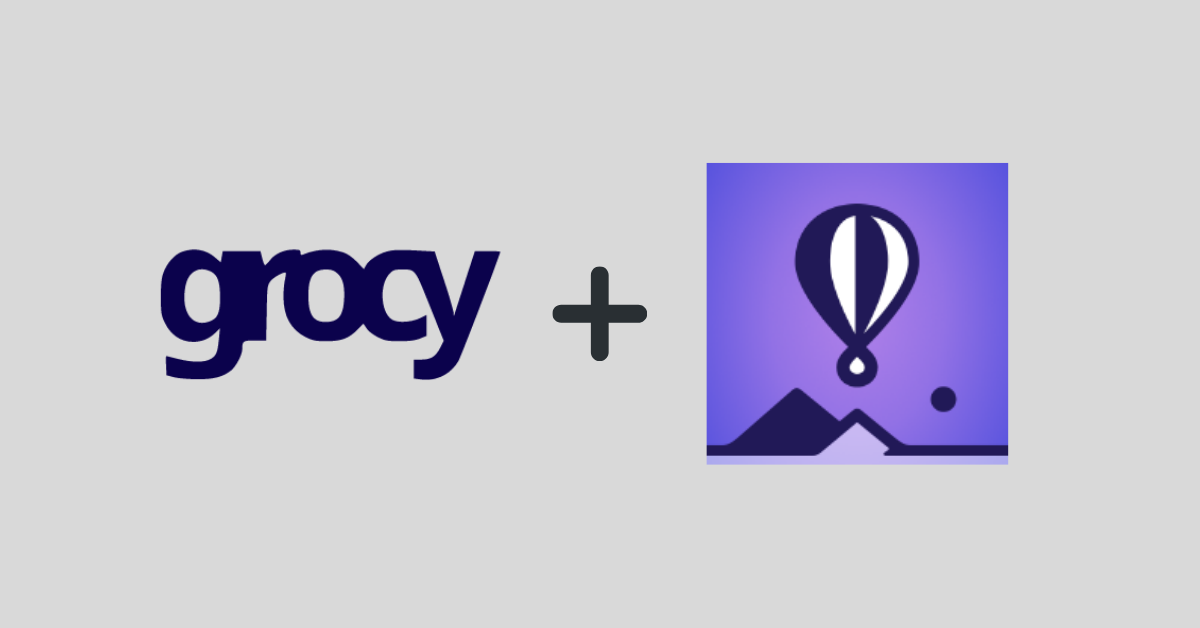Run Grocy On Fly.io
I’ve been wanting to try using Grocy to manage some household inventory but couldn’t find a server where I could host PHP for free but is also up to date enough to support SQLite version 3.90 (see Github issue). When researching the latest platforms that I could deploy websites and APIs (for free), I found out about Fly, their generous free plan (no sleep + persistent storage) and their support for Docker containers. Decided to try running Grocy on Fly and it worked beautifully! Here’s the process for anyone who would like to do the same.
-
Create an account on Fly and install Fly command line tool: https://fly.io/docs/getting-started/installing-flyctl/
-
Git clone Grocy Docker image (https://github.com/linuxserver/docker-grocy) and open terminal in cloned folder.
-
Run
flyctl launchto generate a fly.toml file with theapp_nameof your choice. -
Update
internal_portin fly.toml from 8080 to 80 because the Docker image is running grocy on port 80.
internal_port = 8080
to
internal_port = 80- Create a persistent volume on Fly.
flyctl volumes create <volume_name> --size <volume_size_in_gb> --region <region_code>
# Example:
# flyctl volumes create grocy_data --size 1 --region sin- Add
mountconfiguration to fly.toml
[mount]
source = "<volume_name>"
destination = "<destination_folder_name>"
Example:
[mount]
source = "grocy_data"
destination = "/grocy_dir"- Your final fly.toml file should look something like the following:
app = "<app_name>"
kill_signal = "SIGINT"
kill_timeout = 5
processes = []
[env]
[experimental]
allowed_public_ports = []
auto_rollback = true
[[services]]
http_checks = []
internal_port = 80
processes = ["app"]
protocol = "tcp"
script_checks = []
[services.concurrency]
hard_limit = 25
soft_limit = 20
type = "connections"
[[services.ports]]
handlers = ["http"]
port = 80
[[services.ports]]
handlers = ["tls", "http"]
port = 443
[[services.tcp_checks]]
grace_period = "1s"
interval = "15s"
restart_limit = 0
timeout = "2s"
[mount]
source = "grocy_data"
destination = "/grocy_dir"-
Run
flyctl deployto deploy your app. -
After the build is completed, run
flyctl ssh consoleto ssh into the application server. You’ll see the grocy files in/app/grocyand that the persistent disk is mounted at<destination_folder_name>(/grocy_dir in my case). -
I tried making the persistent disk
/appso that all the server files are always in the persistent disk, but Fly didn’t seem to like that so I created a Git repo in/grocy_dir/and manually back up/restore the Grocy database/uploaded files between/app/grocy/data/and/grocy_dir/with shell scripts. The backup files are subsequently uploaded to the cloud via Git. The two scripts I used are shared beow and are meant to be run in the root directory.
# backup.sh
cd /app/grocy/data/ && cp -r `ls -A | egrep -v ".htaccess|.gitignore|viewcache|backups"` /grocy_dir/data# restore.sh
cp -r /grocy_dir/data/* /app/grocy/data/;
chown -R abc /app/grocy/data/*; # required else Grocy can't read the files somehowThat’s all! Thanks for reading and drop a comment below if you have any questions. 😄
